Here are a few terms and general definitions that should help you understand the more difficult technical concepts in this book. I’ll just go over a few of the most important ones that are necessary in understanding the basic techniques and properties of taking quality photographs. When in doubt, do some research on-line to learn more before continuing on in the book if something does not make sense.
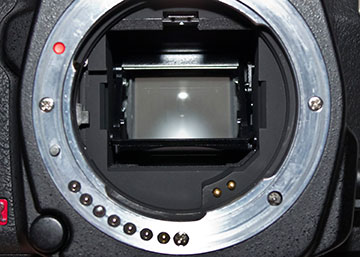
DSLR: Digital Single Lens Reflex (camera). This setup consists of a camera body with a mirror mechanism inside that allows you to view your subject through an optical viewfinder, and of course a lens attached to that body section by way of a screw or bayonet style connection. When the shutter button is fully pressed, the mechanism’s mirror flips up, allowing the imaging sensor to gather light used in forming an image. There is also usually a mechanical shutter mechanism that controls the shutter’s speed, or rather the time at which the imaging sensor is allowed to gather light (say from 30 seconds to 1/8000 of a second).
Bokeh: A Japanese word that stands for the quality of background blur. This is not easily quantifiable. It is generally okay to use the word bokeh as a catch-all when referring to background blur.
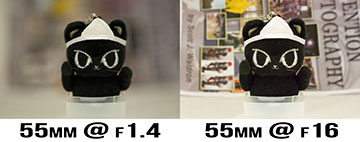
Depth of field: The distance between the nearest and farthest objects in a photo that seem acceptably sharp. This depth is controlled by aperture size and your distance to the focal point. Other properties like the lenses focal length can appear to change depth of field and it actually can slightly, but that is mostly a misnomer as longer focal lengths primarily flatten the frame, increase the perceived size of background blur, and change the percentage of front/back depth of field compared to a wider angle lens.

Aperture: The adjustable opening inside the lens. It determines the amount of light that is let into the box where the imaging sensor and mirror assembly are located. An aperture is usually comprised of a number of blades that form an opening much like your eye’s iris opens and closes depending on how bright or dark the ambient lighting is. A larger number of blades and ones that are curved usually allow for more pleasing background blur compared to ones that do not have those features. If you have ever seen a photo with hexagonal bright spots in the background, that means the lens had 6 straight aperture blades. F-stops (f-number) is a measurement of the lenses focal length divided by the effective aperture size, giving you a number like f1.4, f2, f2.8, f4, and f5.6. A smaller f-number means that the opening is larger, allowing more light in and producing a smaller depth of field.
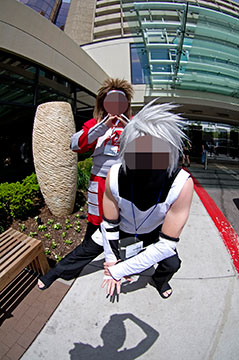
Barrel and pincushion distortion: Lenses might produce a visible curved distortion to the field at which they pass through to the imaging sensor. Barrel means it curves outward and pincushion curves inward. You will generally want lenses that produce as little distortion as possible. There is one type of lens called a “Fisheye” lens that is specifically designed to produce a large amount of barrel distortion.
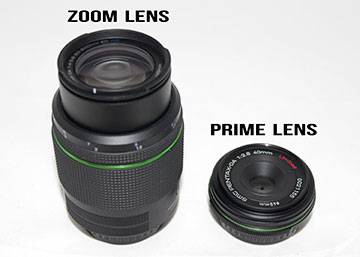
Zoom and Prime lenses: Zoom lenses have a range of focal lengths such as 18-55mm and 70-200mm, whereas prime lenses have a single focal length. Both lens types have benefits and negatives, which are best left up to the individual photographer’s preferences. In short, zooms are versatile and can match the quality of primes if you spend enough money. Primes can generally have higher overall sharpness and larger apertures for a lower cost. This is very dependent on the individual lens, so when considering a lens it is best to search out some technical reviews on-line to give you a general idea of the quality you can expect.

Chromatic aberration: It is the failure of a lens to focus all colors to the same convergence point. If you look at a photo of a tree with a bright blue sky in the background, you might notice purple fringing around the edges of the tree’s branches. That is one common aberration that lenses can produce, but there are quite a few more. Sometimes fringing can also be caused by the imaging sensor as newer ones have micro lenses installed to maximize light gathering ability.
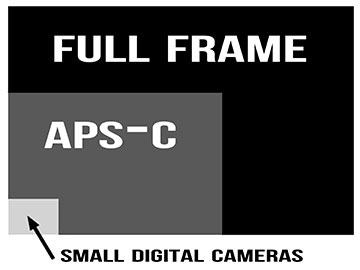
APS-C, Full-Frame, and 4/3rds sensors: DSLR cameras currently exist in a few flavors of imaging sensor sizes. Most common for the moment are APS-C sized sensors that are around a 1.5x multiplier compared to Full-Frame (the same size as 35mm film) meaning they are physically smaller. So if you have a lens that is 50mm in focal length, you would multiply 50mm x 1.5 to get a crop factor equivalent to 75mm. Basically, your field of view decreases because your imaging sensor is physically smaller and not able to record the same amount of physical area as a 35mm film frame would. What makes this confusing is that camera manufacturers have been releasing lenses that only work for APS-C sized sensors as they are generally cheaper to produce and physically smaller, yet they still use the same focal length measurement as 35mm film would, resulting in a lens that has a focal length measured for 35mm, but unable to work with a sensor that size.

ISO: Or more accurately called film speed, is how sensitive your camera’s light recording sensor is. With a high ISO value, your sensor is able to make a properly exposed image with less light, but it also will most likely have coarser grain and less dynamic range (contrast). The term ISO stands for “International Standard Organization” so it is just a general term that somehow caught on from related standards.

Dynamic Range: Or rather luminance range, is the limit at which our camera’s light recording sensor can measure light intensity. Current sensor technology is not able to match the human eye, so we as photographers need to keep the range in mind at which our camera records extremely dark and extremely light aspects of a scene. If you blow past your camera’s dynamic range ability, some of your image will be completely black or white, having lost all detail in those areas. That being said, keep over and under exposure in mind when taking photos. Sometimes you can recover detail in post-processing, sometimes you cannot.
- Overview
- Who is this for?
- What is convention photography?
- My experience and experiences
- Why be a part of this?
- Practice, practice, practice!
- Networking
- Fun
- Photography terms primer.
- Equipment
- It is important or not depending on your ideals
- A basic setup.
- Decide how you want to make it work.
- Framing and composition
- Full body shots.
- Portrait style.
- Skewed angles.
- Face in detail.
- Plane of focus.
- Rule of thirds and golden ratio
- Available light photography.
- Strobe photography.
- Removing harsh light.
- Flash brackets.
- Bokeh and blur maximization.
- Histogram reading and image review.
- Post processing.
- Various schools of thought.
- Available software on your OS of choice.
- Ideas on how to improve your processing.
- Business cards.
- Social networking.
- Website
- The process from start to finish.
- My equipment.
- Ask the person first.
- Interrupting people.
- Constrained areas.
- Physical activity.
- Summary
